Marrakech modern: design’s new muse
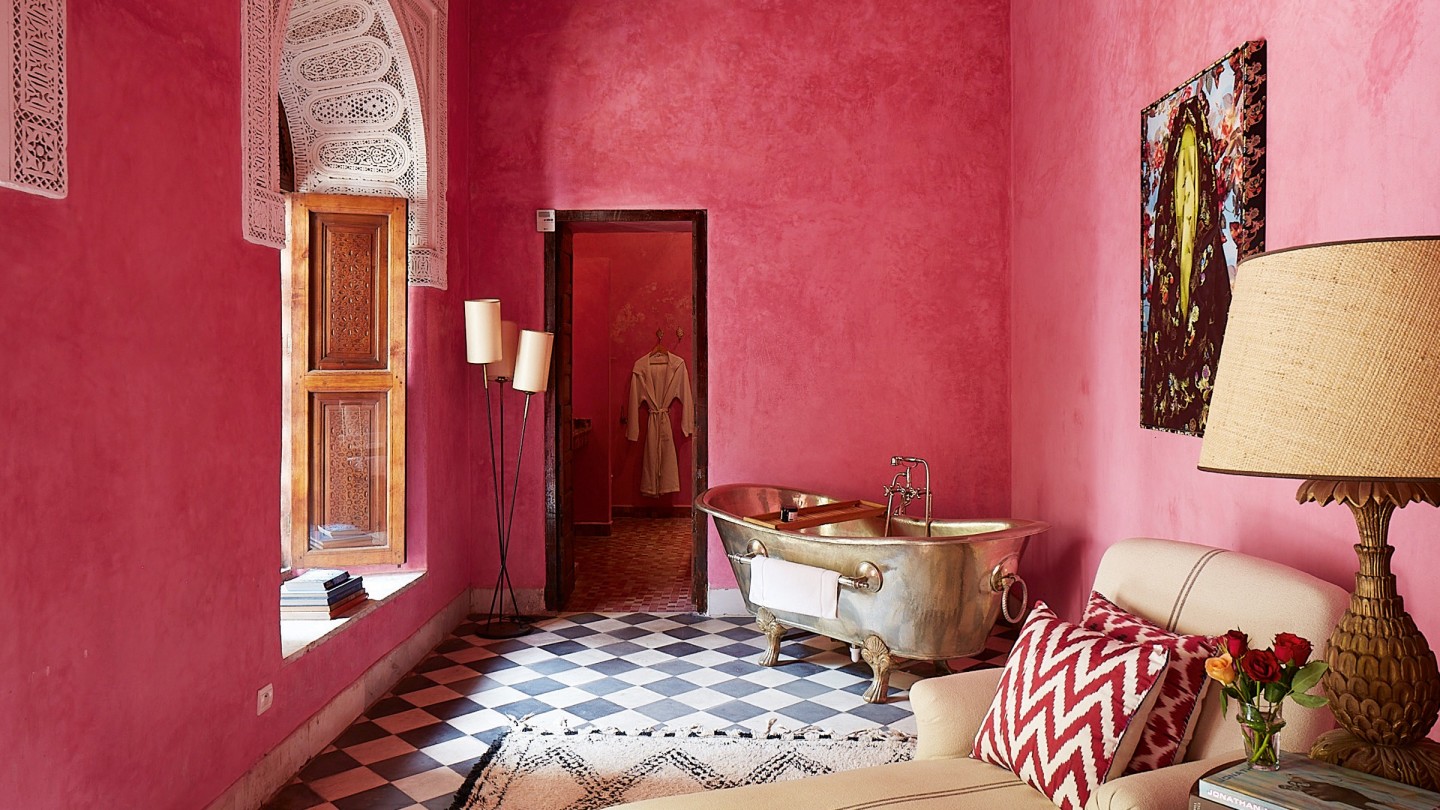
Roula Khalaf, Editor of the FT, selects her favourite stories in this weekly newsletter.
If ever there’s a barometer that somewhere is hot, it’s when a major fashion brand descends on it. Last spring, Dior’s Maria Grazia Chiuri took her resort 2020 show to the sun-soaked city of Marrakech. Models walked across woven rugs on an outdoor runway, set aglow by floating candles and flaming fire pits framed by the 16th-century El Badi Palace. Those watching perched on handmade cushions embroidered by local artisans and ate from ceramic plates and bowls created by Moroccan potter Bouchra Boudoua. A Marrakech-inspired Dior Maison tableware collection soon followed.
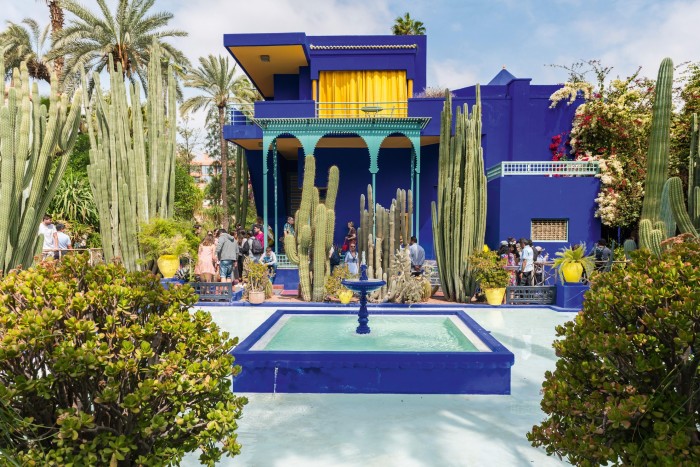
The city has long been a draw for creatives. Yves Saint Laurent made it his second home in the 1960s – leaving an indelible mark on the breathtaking Jardin Majorelle – and perfumer Serge Lutens’ lavish abode is legendary. But there’s been a surge of interest more recently, as the souks and riad hotels, such as El Fenn in the medina and Berber Lodge, an outpost on the rural outskirts of the city inspired by traditional Berber architecture, have been popularised on social media. “Most of our guests are in their 30s and find us on Instagram,” says Romain Michel-Ménière, the architect who opened the desert oasis in 2017 – its Zen-like spaces furnished with a mix of rugs, bamboo chairs, woven lampshades and ceramics. “Our interior styling is key to why they come to stay here.” Until the recent disruption, there had been an upswing in visitors: according to the Moroccan Tourism Observatory, some 7.5m tourists visited the country in the first six months of 2019 – a figure up six per cent on that of 2018.
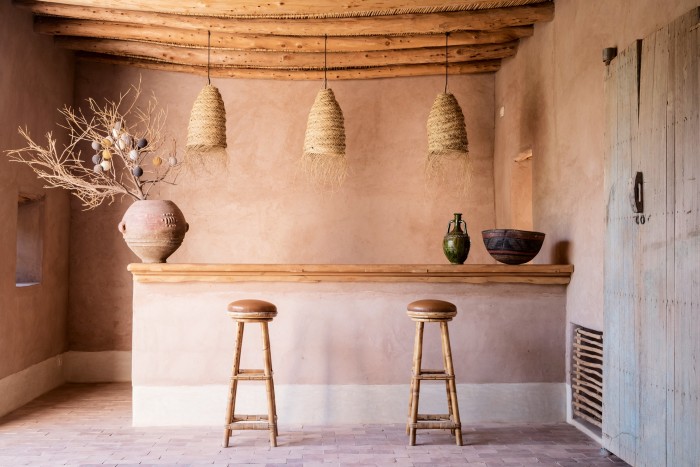
Ella Jones, founder of east London homeware store A New Tribe, has witnessed much of this new wave. Having “fallen in love with the carpets and the craft culture” while on holiday, she now runs a store offering designs by independent brands, and tries to visit the souks two to three times in a normal year to source homewares and vintage pieces, including rugs. “The majority of what I sell is one-of-a-kind,” she says. “I love how you emerge from a three-and-a-half-hour flight from London and find yourself in another world.”
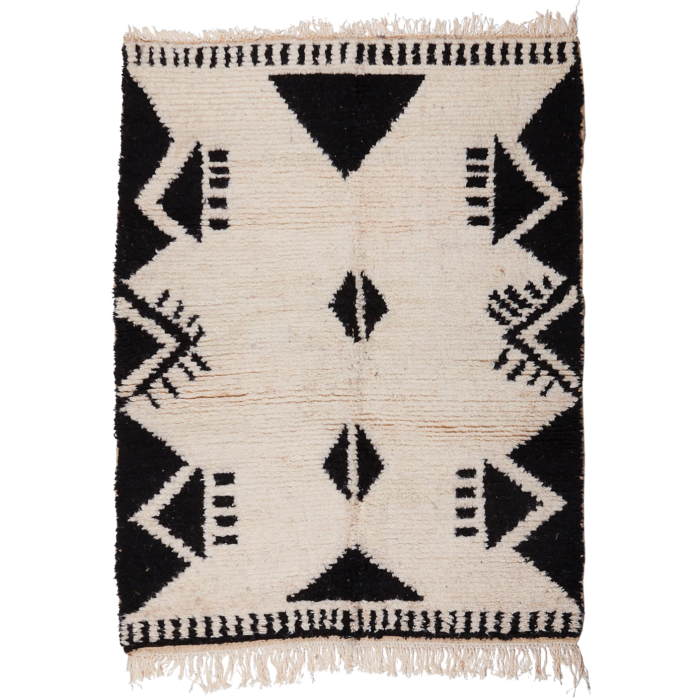
Jones is not alone. A clutch of new names – from London homeware store Design & That to New York rug and accessories trove Salam Hello and Divine Unfound (which sells its wares online) – are also scouring Marrakech’s medina for treasure. “I love seeing my rugs in my New York apartment each morning,” says former advertising executive Mallory Solomon, who ditched her job and launched Salam Hello after a “life-changing vacation” in 2018. Each of Solomon’s Berber rugs is handwoven by a collective of women whom she deals with directly, cutting out the middleman, who can drive down the asking price. The pieces take two to 17 months to make. “They are invaluable artworks. It’s about creating a home full of meaning. These items remind me that there’s life outside the city and to take a second to slow down.” Jones agrees, referring to the artisanal work as “an antidote to mass production”. “There’s a shift back to craft and the handmade,” she says, gesturing to a robust Tamegroute candlestick in olive green, its craggy edges mimicking a euphorbia. “They’re so striking, beautiful and intricate, but also primitive and traditional. People want to surround themselves with things that have a softness and tactility to them.”
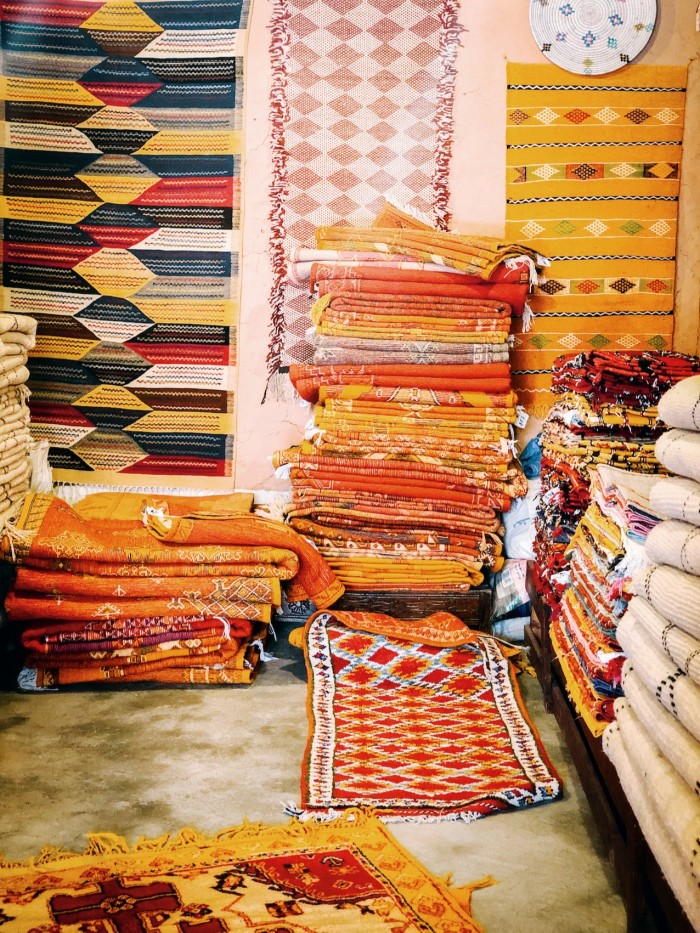
Colour too is key to the aesthetic. “These pieces instantly brighten a home. There’s a bit of Marrakech in every one, from the people to the atmosphere and the traditions. The city is very inspiring,” says Laurence Leenaert, who founded her interiors brand Lrnce from the medina in 2013 – her cushions, pots and plates reworked with artistic flair to create unique designs that are now sold in stores across Europe, from A New Tribe to The Conran Shop and Le Bon Marché in Paris. Her observations are echoed by Farrow & Ball’s colour curator Joa Studholme, who has seen a resurgence of the rich tones evocative of north Africa. “The African sun inspires Moroccans to bring the outdoors in,” she says, citing the brand’s Dutch Orange, Red Earth and Deep Reddish Brown as hues growing in popularity. “They’re the colours of the landscape and are taking over from the more understated greys so popular over the past decade. In times of uncertainty in the world, we gravitate to warmer and more comforting shades on the walls.”
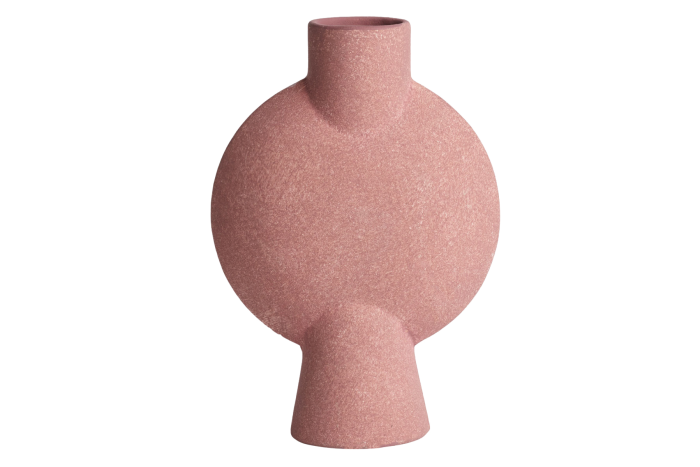
For those who want to summon a little Moroccan magic at home, Design & That’s co-founder and interior architect Emma Shone-Sanders points to Bauwerk’s lime paint in “Marrakesh”, a chalky pink shade conjuring the look of faded tadelakt plaster, which she sells instore. “It’s a natural lime-wash finish that is more muted than bright and poppy,” she says. Her final words of wisdom are to keep it simple by adding a few accessories that enliven a room. “You don’t have to be overtly colourful — it can simply be about bringing in some texture with a rug or contrasting a statement vase with a lime-washed wall.”
Comments